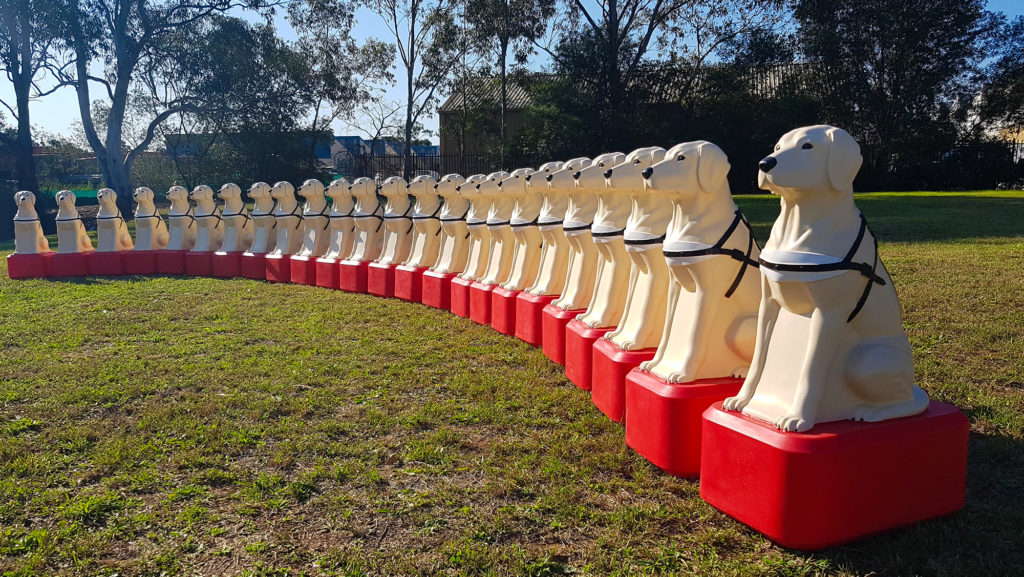Techniques for moulding plastic have been around for a very long time. Some techniques have been in commercial use since the 19th century, and their origins can be traced back as early as the Roman Empire. It’s no surprise then that even people outside of the product development and manufacture sphere have heard of blow moulding, injection moulding and rotomoulding at some point.
With that kind of history, all three methods obviously offer a proven solution to manufacturing products in plastic. But, do you really know which one is best suited to your next project?
Injection Moulding is a common technique that’s used to produce many of the plastic objects you’d be familiar with in daily life, but it’s not without it’s shortfalls. Injection moulding is geared towards very large production runs of a stable product design and the initial tooling costs are very high compared to other methods. Design and development of components for the injection moulding process can be a long and expensive process also. Any change to component design means substantial redesign, retooling and cost.
There are also design restrictions with this technique. Injection moulding is not always ideally suited to the production of hollow parts, as the creation of a hollow part requires moulding of solid pieces that are welded together. Injection moulding is more efficient when producing parts with thicknesses no larger than around 3mm. Going with thicker walls in moulded parts means you risk having problems with material shrinkage.
Blow moulding was inspired by glassblowing techniques that some say have been around since the first century BC. More than 2000 years since it’s origins in glass, blow moulding is now used for many types of objects other than plastic bottles. It’s limitations though are quite similar to the Injection moulding process. Initial tooling costs can be high and there are restrictions of the size and wall thickness of the component.
Rotational moulding, commonly known as “rotomoulding” has been refined over the years to offer several key advantages when compared to the other methods. Typically the tooling and design costs for a rotomoulded product are lower, and lead time from concept to production is shorter, making it ideal for custom designs that don’t require massive volumes to become cost effective.

Some other key advantages include:
- As items are moulded under low pressure, they are essentially stress free.
- Hollow parts can be made in one piece with no weld lines or joints.
- Wall thickness can be quite uniform (compared to blow moulding).
- Wall thickness distribution can be altered without modifying the mould.
- Inserts made from metal, wood, and rubber can be moulded directly into the part.
- A wide range of surface finishes and details, including multiple surface textures in the same mould.
- It is possible to make multi-layer parts, including foamed parts
- Minimal material waste compared to other methods.
- High quality graphics and inserts can be moulded in.
Simply put, if you have a requirement for a high quality, customisable components in a strong, uniform and stress free material, perhaps one that has a more complex design (maybe even transposed from another material like metal, fibreglass or wood) and would enjoy a lower production volume Vs startup costs ratio, rotomoulding might just be the option you are looking for, so get in touch today to discuss how Rotadyne can help.

